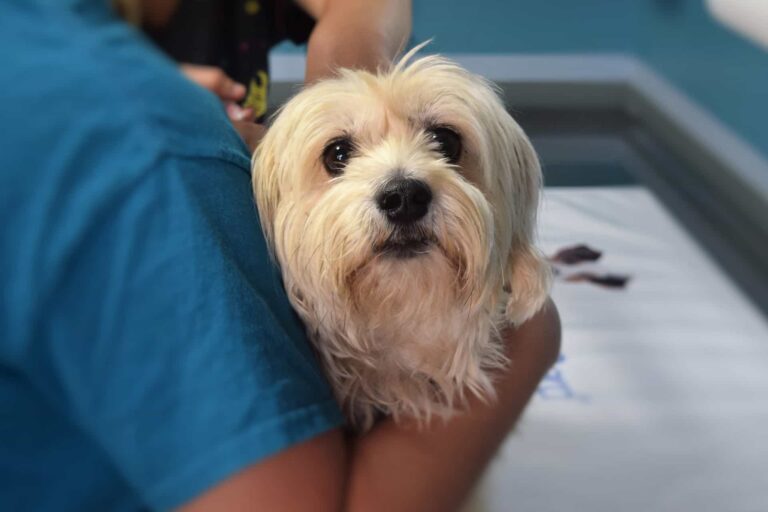Why Cats Purr.
When you’re stroking your cat or it’s kneading a fluffy blanket in preparation for a nap, [expander_maker id=”1″ more=”Read more” less=”Read less”] you might notice it elicits a purring sound. Most of the time, a cat purrs when it’s happy and relaxed, but also out of fear. Studies have shown that cats use it as a defence mechanism in addition to a form of communication. This means that they can use it to calm themselves down in distressing situations, which is why female cats in labour often use it as a way to alleviate pain. You might also notice your cat purring when it’s being examined by a vet. This isn’t because your cat is elated about being at the vet’s, but because your cat is trying to soothe itself.
The Benefits of Purring
A cat’s purr is low in frequency and sends vibrations all over their body, which helps soothe breathing, build muscle, and speed up with healing injuries. It can also reduce pain – kind of like an in-built painkiller!
Communication wise, when mother cats are nursing their kittens, they purr to talk to their babies. Kittens are born with no hearing and eyesight, but they can pick up the vibrations in their mother’s and littermate’s purrs. Cats also purr to communicate with you. Research conducted has shown that cats can mask a distressed cry inside their purrs. This sound annoys humans but also triggers their nurturing instinct. This type of sound is lower in frequency than a normal purr and resembles the frequency range of a crying human baby. Cats take advantage of this, which is why they produce this type of noise to get their humans to do what they want, such as being fed.
As well as being helpful to cats, the magic of purring can also rub off on a cat’s owner. The risk of having a heart attack is reduced by a staggering 40% after interacting with a cat, and blood pressure is lowered. Purring can also help reduce stress and anxiety in people by triggering the release of calming chemicals in the brain. Who would have thought to own a cat comes with health benefits?
How Do Cats Purr?
Purring is produced when a cat quickly moves the muscles in its voice box and diaphragm together. During breathing, air touches these muscles and emits a purr. The muscles move around 20 to 30 times every second, which is pretty fast! Each cat has its own sound – cat owners often say they could pick out their cat’s purr in a room full of other felines, and they’re probably right! Some cats have soft and gentle purrs, others have shrill, reverberating purrs that resemble a squawk. There are even cats that do it very, very quietly, and ones that don’t at all. Although, most cats are likely to purr when their owner wanders into the kitchen and opens the fridge. It’s always lunch-time in a cat’s mind!
[/expander_maker]





